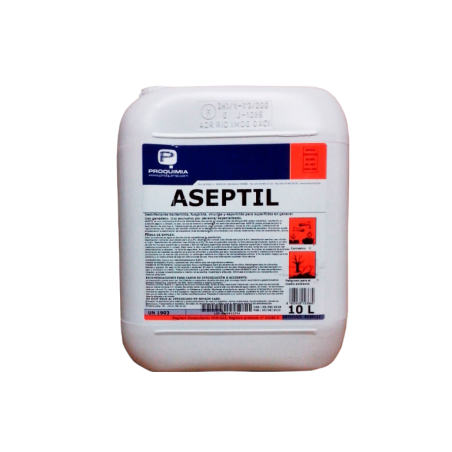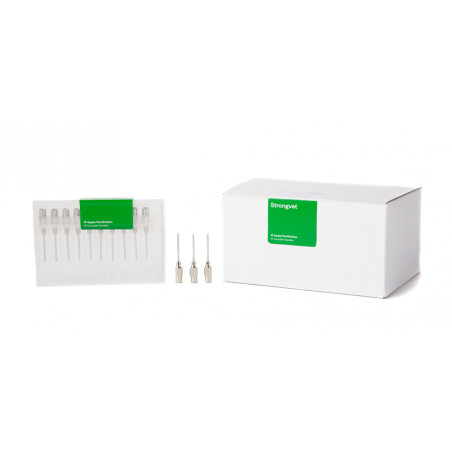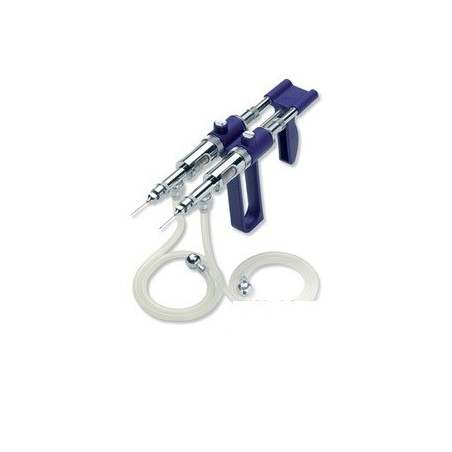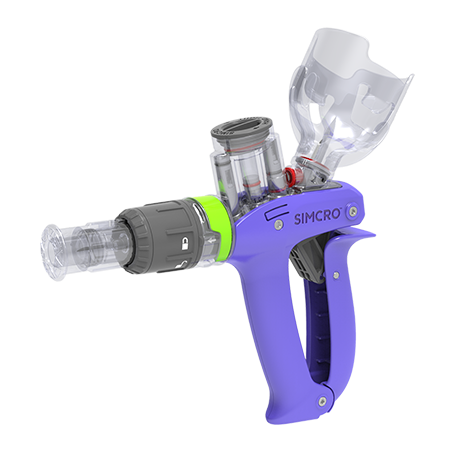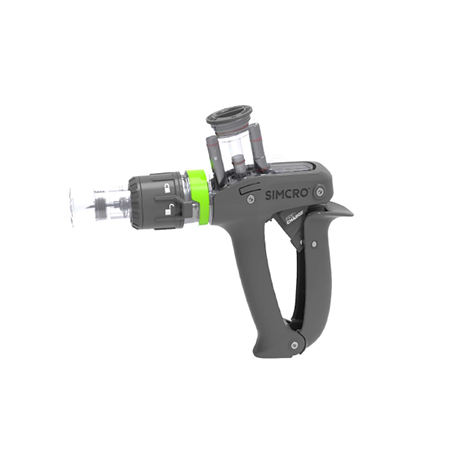Infectious disease elimination from a pig population has been well known to contribute to overall herd health, improve welfare and decrease concerns about antimicrobial resistance due to reduced antibiotic usage. In addition, healthy herds will have the ability to express their genetic potential as both reproductive and growth performance will be optimized. The decision of eliminating a pathogen from a herd requires some thought since several factors need to be considered.
Elimination of porcine reproductive and respiratory syndrome virus (PRRSv) from breeding and growing herds is an always-available tool; however, implementation is more challenging for some than others. Breeding herd elimination of PRRSv can be achieved through different methodologies such as herd depopulation/repopulation or herd closure. The former is basically the removal of all pigs from the farm followed by strict cleaning and disinfection of the barns together with discarding supplies that could have potentially been contaminated and act as fomites (i.e., needles, open bottles of injectable medicine, boots, coveralls). After depopulation, an entire new PRRSv free pig population is introduced. On the other hand, herd closure is perhaps the most commonly used and it refers to when gilt introduction into the herd (either if they are born on-site or originate from an external source) is stopped for a period of time until immunity builds, within-herd transmission ceases and piglets are consistently born and weaned PRRSv PCR negative, at which time PRRSv negative (unexposed) gilts can be introduced to the herd. Both methodologies attempt to establish a truly PRRSv-free population.

Some factors to consider when eliminating PRRSv are herd location, viral strain, biosecurity program and compliance.
- Location: Although regions with high pig farm density have been found to increase the risk of some infectious disease transmission, herds in high-density regions can successfully eliminate the virus. However, the risk of reintroduction will continue to be high, especially if disease pressure coming from neighboring herds persists. Therefore, this should be factored into the decision-making process.
- Viral strain: Some strains of PRRSv are known to be more virulent than others, generating higher economic impact. At the same time, some of these strains tend to linger within the herd longer, making herd closure interventions last more than 300 days. Furthermore, herds can have more than one strain co-circulating, which may increase the chances of viral recombination and evasion from the immune system complicating both control and elimination.
- Biosecurity and compliance: When committing to viral elimination, a strict and robust biosecurity program must be in place to decrease the probability of reintroduction. In high-density regions, air filtration has played an important role as another biosecurity layer and has been associated with lower outbreaks incidence rates. However, filtration should be incorporated when proper employee and supply entry procedures are in place, dedicated pig (e.g. gilts, weaned pigs, cull sows) transport fleets with appropriate washing and disinfecting procedures hauling protocols exist, and when commitment from workers and management to comply with proper biosecurity guidelines.
An initial goal for breeding herds is to consistently wean PRRSv free pigs so that their post-weaning performance is off to a good start, followed by establishing a seronegative (virus free-never exposed) herd.
Controlling and not eliminating
If the breeding herd is in a high-density region and the risk of introduction or re-introduction is high, elimination of PRRSv may not be desired. In this scenario, maintaining some degree of immunity in the breeding herd is desired. The usual approach is to use a modified-live vaccine or purposely expose incoming gilts to the resident virus while in isolation and then allowing them to recover and cease shedding before entering the herd. Still, efforts towards ensuring that the herd weans virus free pigs while the breeding herd maintains immunity through the introduction of previously exposed gilts can be pursued, with the rationale that prior immunity will help mitigate clinical signs should a wild-type virus is introduced into the herd. When this route is taken, producers and veterinarians will be controlling and not eliminating. Regardless of whether the producer and veterinarian decide to eliminate or control, the biosecurity program should be in place to avoid not only introduction of other PRRS strains but also other pathogens.
The decision to eliminate or control will depend on perceived risk. However, biosecurity measures implemented to reduce the risk of PRRSv should benefit not only PRRSv but also the control and elimination of other infectious diseases, allowing pigs to express their genetic potential and perform according to the expectations.







